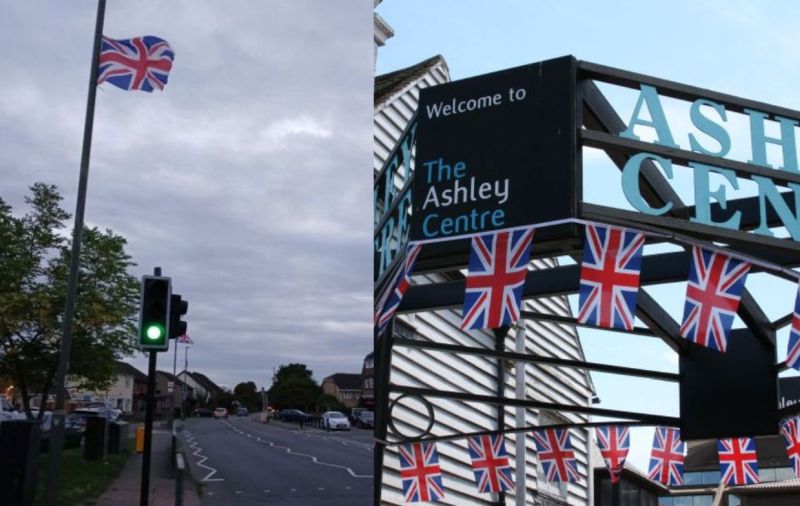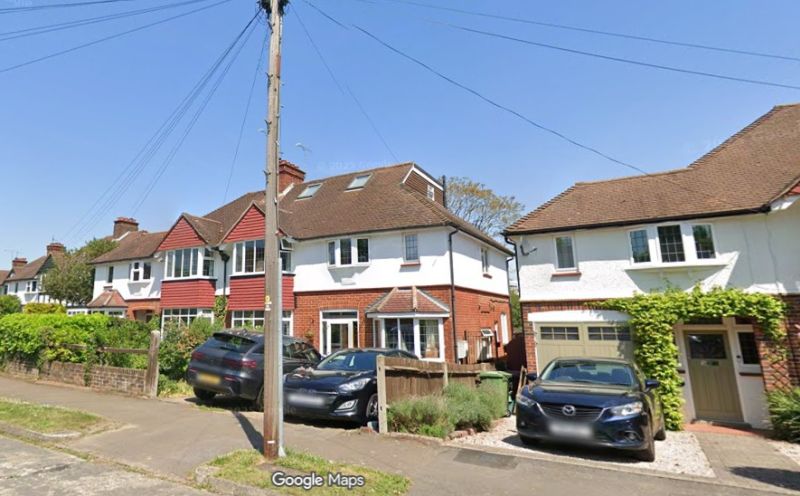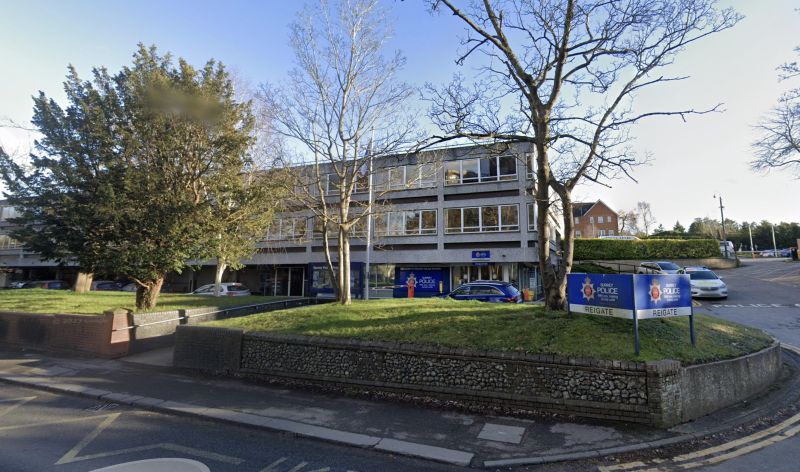David King, Epsom Common Assn. on BBC’s “nimbyism” report.
David King, Chair of Epsom Common Association writes:
In my opinion several aspects of this BBC report are, at the least, questionable. I am not competent to comment on the important housing issues raised, but have serious concerns regarding the section discussing development on the Green Belt. Although not named in the BBC report, this clip was recorded on the the edge of Epsom Common at Woodcote Side. The small part of the Common shown, grass and a highway ditch, was disparagingly described as “technically Green Belt land” by a representative of LandTech, a software company providing products for property developers.
Those recording the clip could not have missed the noticeboard headed “Epsom Common Local Nature Reserve” just feet out of shot, but chose to ignore the significance. They also chose not to show the mature woodland immediately behind the camera. The implication that the land shown was suitable for housing development was clear. By contrast, Natural England (the government body that advises on the natural environment) describe Epsom Common as a “nationally important wildlife site”; so clearly development would be a disaster for biodiversity.
Given its various designations: Registered Common Land, Local Nature Reserve, Site of Special Scientific Interest or Site of Nature Conservation Interest, as well as Green Belt, I hope that the Common is not at risk of development, but that ultimately depends on the will of politicians.
Even if the Common is safe from development, the suggestion made in the BBC report that Epsom & Ewell “could meet all of its annual housing need by by developing just 1% of the Green Belt in the Borough” does raise a more insidious threat. This statement means precisely what it says: at a typical outer London housing density of about 40 dwellings per hectare, 1% of the Borough’s Green Belt would provide space for just one year of central government’s imposed target of 577 houses per annum.
Of course not every piece of Green Belt is sacred and everyone must have a decent home, but we do have to be intelligent how we achieve this essential goal. After a few years development at the pace suggested in the BBC report, much of the rest of the green space in the Borough would have been built over. This would leave Epsom Common increasingly isolated, with many animals and plants unable to survive, having lost the essential freedom to move to and from adjacent land that previously also had space for nature. To quote a 2011 government White Paper: “We should be thinking not of isolated spots of green on a map of England but of a thriving green network linking wildlife sites with farmland, forestry and urban parks and gardens…” I should also note that an independent report by W.S. Atkins for the Borough Council in 2017 found that “Metropolitan Green Belt land within Epsom and Ewell is, on the whole, highly performing” and “continues to play a vital role in preventing urban sprawl”.
As well as damaging biodiversity, which government is legally obliged to improve, large scale development of green land (whether “Belt” or not) will also exacerbate the catastrophes of climate change and reduced food and water security that threaten both human society and much of life on the planet. The beneficial effect of open space to the physical and mental well-being of local (and often not so local) people would also be reduced. The value of the Common to many became particularly clear during the pandemic when it was exceptionally busy. Although some areas of Green Belt do not have good public access, an issue that could – with political will – be tackled, the more London is allowed to sprawl, the harder it will become for its population to visit and benefit from extensive natural spaces.
David King, Chair – Epsom Common Association
8th September 2022













